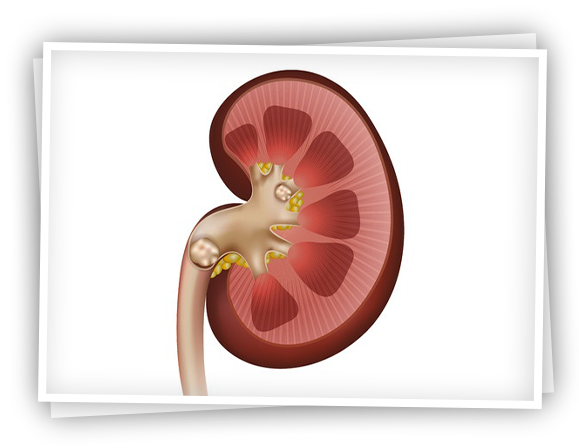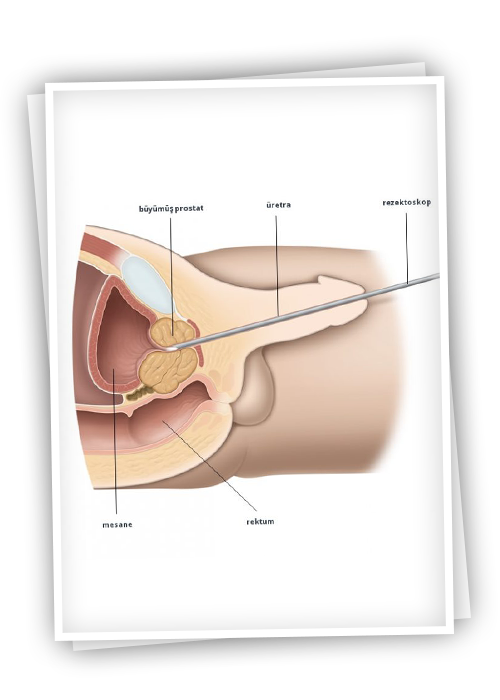Kidney Stone
How Is It Treated?
The treatment of kidney stone is planned according to the location of the stone, its size, the patient's clinical condition and accompanying diseases.

The treatment of kidney stone is planned according to the location of the stone, its size, the patient's clinical condition and accompanying diseases.

It is a treatment method that does not require anesthesia and is applied to small kidney stones. This method is based on the transmission of sound waves produced from a generator from the skin to the kidney and stone and the fragmentation of the stones.
Several sessions are required to ensure complete stone-freeness.
Broken stone fragments are excreted spontaneously from the body through the urinary tract. It is not preferred for pregnant women and patients taking blood thinners.
The hardness of the stone, the distance between the stone and the skin, the location of the stone in the kidney, and the size of the stone are the factors affecting success. Considering all these factors, it can be safely and successfully applied in appropriate patients.

It is known as bloodless and incisionless surgery. Under anesthesia, it is the fragmentation of stones in the ureter or kidney by entering the urinary tract (urethra) first into the urinary bladder (bladder) and then into the urinary canal (ureter) with instruments (endoscopes) that have a very thin end camera and allow us to see inside the body. The stones in the upper ureter and kidney are turned into powder by using endoscopes, which we call flexible ureterorenoscope, and laser and left to spill spontaneously. Larger stone pieces are taken out with tools we call baskets. It can be used safely in patients taking blood thinners. Its biggest advantages are that it is made without any incisions in the body and short hospital stay. Its success is low in large kidney stones and it is a disadvantage that several sessions are required.
It is the procedure in which a tube-path is created on the back, extending from the skin to the kidney, under anesthesia, and the kidney is entered through this path with endoscopes (nephroscope) and the stones are broken up and taken out. It is the most successful method especially in large size (greater than 2 cm) kidney stones where other methods fail.
![]()
Apart from these methods, laparoscopic and open surgical methods can also be applied in the treatment of stones. Open surgery is almost abandoned today and is preferred in a limited patient group where other methods have failed. Laparoscopic surgery is applied as an alternative method to open surgery.
![]()